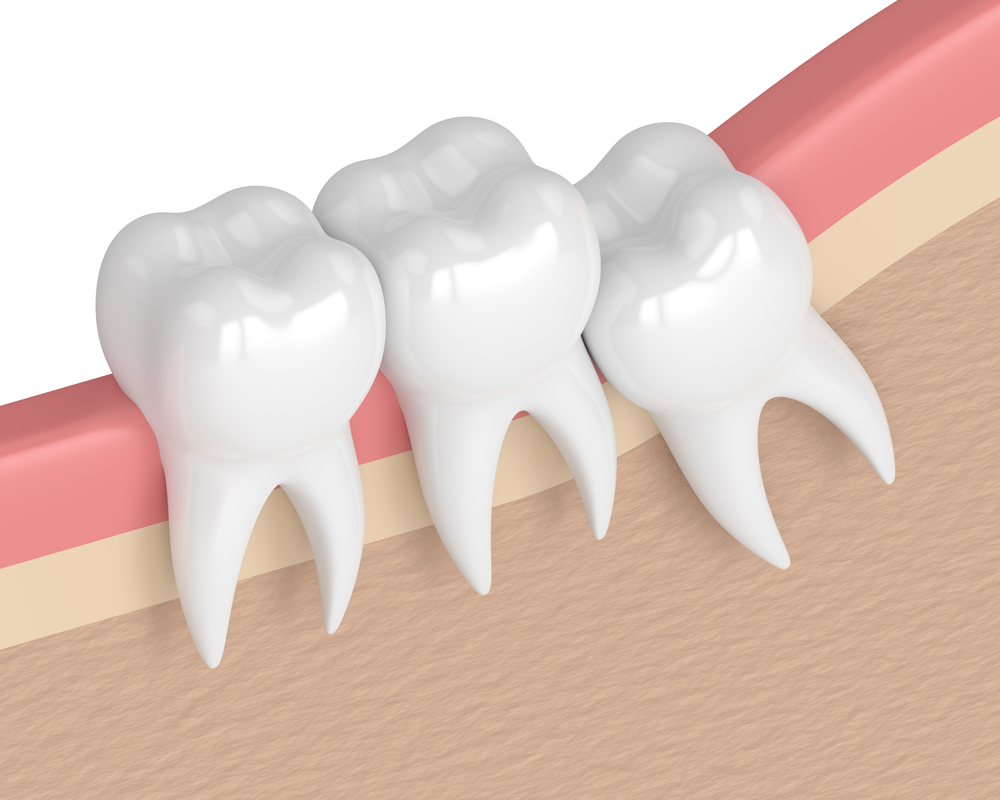In today’s world, a beautiful smile is more than just a sign of happiness—it’s an indicator of health, confidence, and success. Cosmetic dentistry has become an essential tool in achieving these desired traits. From subtle enhancements to complete makeovers, modern dental care offers a wide array of cosmetic procedures to help people achieve the perfect smile. As techniques and technologies evolve, more people are taking advantage of these advancements to improve their smiles in ways that are not only effective but also safe and long-lasting. One of the most popular trends in cosmetic dentistry today is teeth whitening, but the innovations go well beyond that.
In this article, we’ll explore the latest trends in cosmetic dentistry, focusing on cutting-edge techniques like advanced whitening treatments, minimally invasive procedures, and customized smile design.
The Rise of Teeth Whitening
Teeth whitening continues to be one of the most sought-after cosmetic procedures in dentistry. Its popularity comes as no surprise, considering the profound difference a brighter smile can make. Over time, our teeth can become stained due to dietary habits, lifestyle choices, and the natural aging process. Coffee, tea, red wine, and tobacco are among the top culprits. Professional teeth whitening offers a quick and a non-invasive solution to reversing these stains.
In-office whitening treatments have evolved significantly in recent years. Today’s procedures are faster and more effective than ever before. Dentists now use advanced light-activated systems that can achieve significant results in just a single visit, sometimes lightening teeth by several shades. Beyond the popular laser and light-based systems, new whitening gels are being developed that are less abrasive yet more effective, reducing the risk of tooth sensitivity—one of the primary concerns patients face.
For those seeking at-home options, custom take-home whitening kits provided by dental professionals are also improving. These kits include custom-fitted trays and professional-strength gels that patients can use in the comfort of their homes. While these treatments take longer than in-office procedures, they offer a more gradual change and are still much more effective than over-the-counter products.
Composite Bonding for a Natural Finish
Another rising trend in cosmetic dentistry is composite bonding, a versatile and minimally invasive treatment that can repair chipped, cracked, or discolored teeth. Using tooth-colored resin, dentists can sculpt and mold the material directly onto the tooth, restoring its shape and appearance. Unlike traditional veneers or crowns, composite bonding doesn’t require as much preparation, and it can often be done in a single visit.
The latest advancements in materials mean that the resin used in bonding is now more durable and mimics the appearance of natural tooth enamel even better than before. This allows for seamless integration, so the repaired tooth blends perfectly with the surrounding teeth. Patients also appreciate the cost-effectiveness of bonding compared to other cosmetic procedures like veneers, while still achieving natural-looking results.
Minimally Invasive Veneers
When it comes to transforming a smile, veneers remain one of the most effective cosmetic procedures. Veneers are thin porcelain or composite shells placed over the front surface of teeth to improve their color, shape, and size. Traditionally, the process of applying veneers required significant preparation, including the removal of a layer of tooth enamel. However, advances in materials and techniques have led to the development of minimally invasive veneers.
These newer veneers are ultra-thin, sometimes as thin as a contact lens, which means that less enamel needs to be removed. In some cases, no enamel removal is required at all, allowing patients to preserve more of their natural tooth structure. Additionally, modern veneers are highly customizable, enabling patients to achieve not only a brighter smile but also the exact shape and size they desire.
The technology behind the fabrication of veneers has also advanced. Digital smile design allows dentists to create precise, 3D-rendered models of the final result, ensuring that the patient’s smile matches their expectations. This shift toward customization has been a game-changer in cosmetic dentistry, as it gives patients greater control over their final look.
Digital Smile Design and 3D Printing
The digital revolution has reached cosmetic dentistry, and the impact has been remarkable. One of the most significant trends is Digital Smile Design (DSD), a process that uses digital imaging to simulate the outcome of various cosmetic procedures. With DSD, patients can preview their new smile before any work begins. This increases confidence in the cosmetic procedure, as patients can provide feedback and make adjustments with their dentist before the actual treatment.
3D printing technology is also playing a role in the future of cosmetic dentistry. Dentists can now create highly accurate models of a patient’s mouth, allowing for more precise planning and execution of procedures like veneers, crowns, and orthodontic treatments. The ability to produce customized dental appliances quickly and accurately has improved both the quality and speed of treatment.
Clear Aligners for Discreet Orthodontics
Orthodontic treatment is no longer limited to metal braces, thanks to the advent of clear aligners like Invisalign. These nearly invisible, removable trays have revolutionized how people approach orthodontic care. Patients can straighten their teeth without the discomfort or aesthetic concerns that come with traditional braces.
Clear aligners are custom-made using 3D scanning technology, and patients receive a series of trays that gradually shift their teeth into the desired position. The benefit of this cosmetic procedure is not just its discretion; it also allows patients to remove the aligners when eating or brushing, maintaining better oral hygiene throughout the treatment process.
Gum Contouring and Smile Makeovers
Gum contouring, also known as gum reshaping, is another emerging trend. This cosmetic procedure is perfect for those who feel that they have a “gummy smile” or uneven gum line. Using laser technology, dentists can precisely reshape the gums to create a more balanced and aesthetically pleasing smile. The recovery time is minimal, and the results are long-lasting.
For those seeking a complete smile transformation, full smile makeovers are becoming increasingly popular. A smile makeover often involves a combination of cosmetic procedures, including teeth whitening, veneers, bonding, and sometimes orthodontic treatment. The goal is to address all aspects of the smile, from color and alignment to shape and proportion, to achieve a harmonious and aesthetically pleasing result.
Cosmetic dentistry is no longer just about vanity—it’s about health, confidence, and well-being. As trends in cosmetic procedures continue to evolve, patients now have more options than ever to achieve their dream smile. Whether it’s through teeth whitening, composite bonding, or advanced digital tools like 3D printing, the future of cosmetic dentistry is bright. These innovations not only improve the aesthetic appeal of a smile but also ensure that the process is more comfortable, efficient, and personalized to each individual. With so many exciting developments, there’s never been a better time to revitalize your smile.


